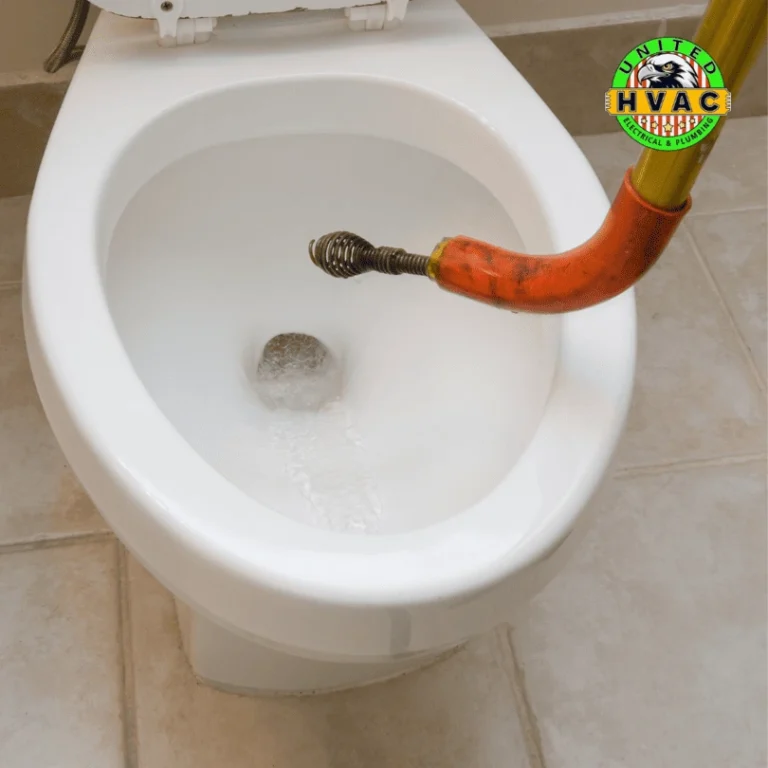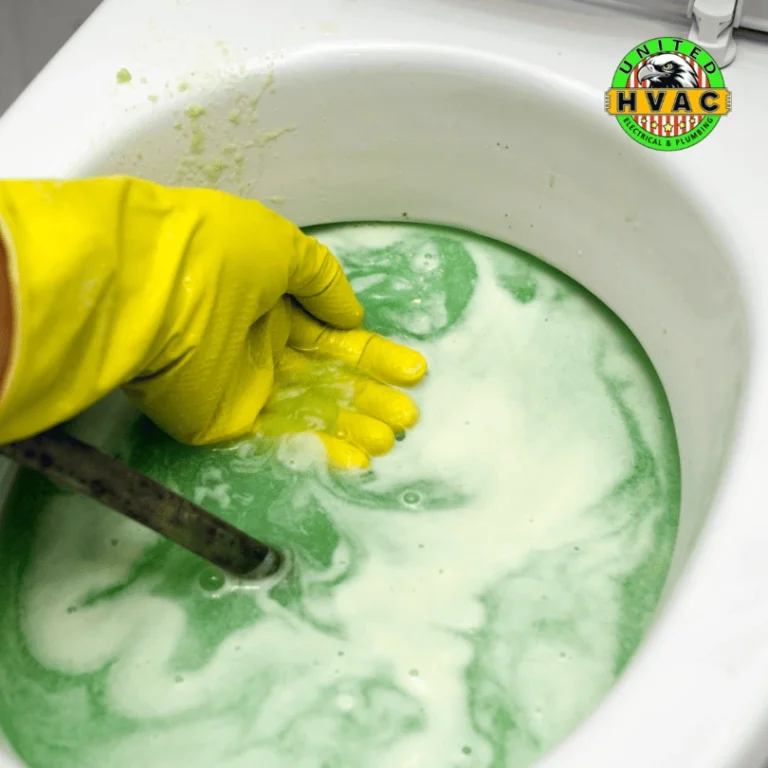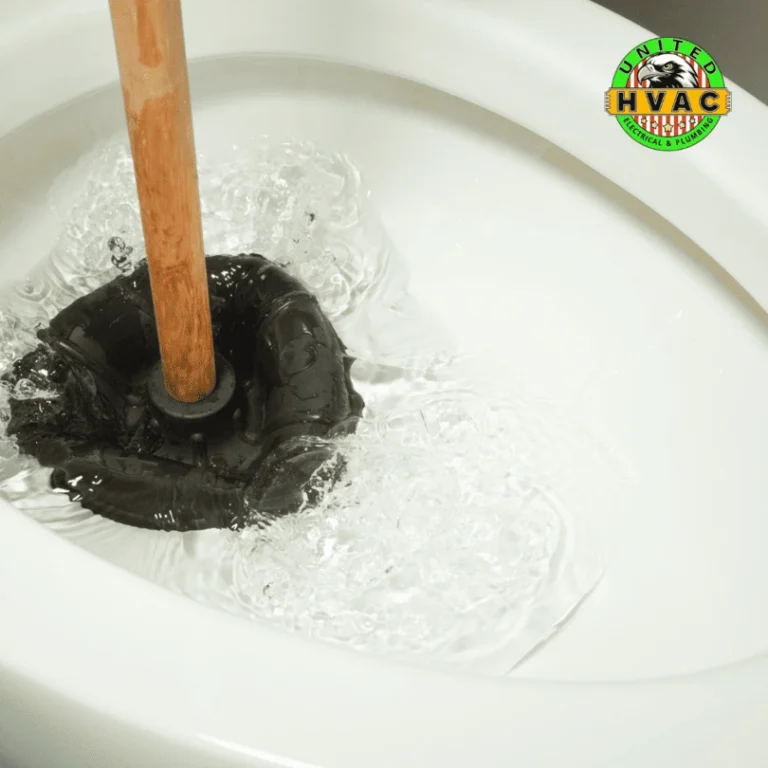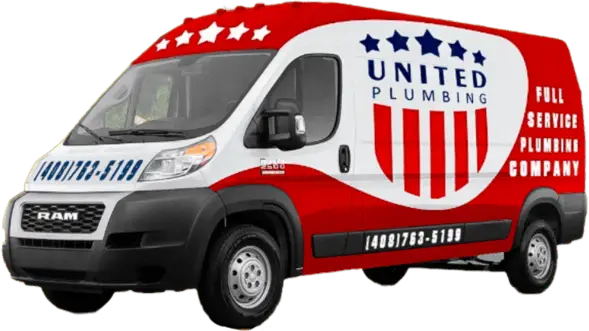FIVE-STAR TEAM WARRANTY &
SAME-DAY SERVICE
How to Drain a Toilet for Removal – Complete Guide
Looking to learn how to drain water from toilet bowl for cleaning? Whether you’re planning a deep clean, replacing parts, or dealing with a renovation, knowing the proper technique for draining your toilet bowl is essential. As a professional plumber with 15 years of experience, I’ve helped countless homeowners tackle this common task. Today, I’ll share some proven methods that work for any standard toilet.

Table of Contents
- What You’ll Need
- Preparation Steps
- Prepare the Bathroom
- Turn Off Water Supply
- Draining Methods
- Basic Tank and Bowl Draining
- Plunging Method
- Siphoning Method
- Bailing Method
- Vacuum Method
What You’ll Need
Before starting, gather these essential tools: rubber gloves, old towels, a plunger, a garden hose or flexible hose, a bucket, sponge, and a small cup. For advanced methods, you might want a wet vac or shop vac. Having a turkey baster handy can help remove residual water from hard-to-reach spots.
Preparation Steps
Prepare the Bathroom
Start by clearing the area around your toilet. Lay old towels on the floor for protection against splashes. Put on rubber gloves – they’re not just for safety but also for hygiene. Remove any decorative items or bathroom accessories that might get in your way.
Turn Off Water Supply
Locate the shutoff valve – it’s usually the small knob behind your toilet near the floor. Turn it clockwise until it stops. Can’t find the shut off valve? You may need to turn off the main water supply. Flush the toilet once to verify the water supply is completely off.
Draining Methods
Basic Tank and Bowl Draining
Start with the toilet tank – remove the lid and set it safely aside. Hold down the flush lever until the tank empties. For the bowl, you’ll notice only a small amount remains due to the built-in trap design. This is where the real work begins.
Use a sponge to soak up as much water as possible from the tank, wringing it into a bucket. Pay attention to the corners where residual water often hides. The toilet bowl will still contain water due to its P-trap design – this is normal and requires additional methods to remove.

Plunging Method
A plunger isn’t just for clogs! Position it over the drain hole, ensuring a good seal. Push down and pull up in a steady motion – this creates suction that draws water through the trap. Continue until all the water flows out. The key is maintaining consistent pressure with each stroke.
If you notice the water level rising instead of dropping, stop immediately. This could indicate a clog in your supply line that needs addressing first.

Siphoning Method
For this method, you’ll need a garden hose. Feed one end into the toilet bowl until it reaches the trap. Keep the other end lower than the toilet – this is crucial for proper water flow. Create suction by covering the outer end with your thumb, then quickly lower it into a bucket.
Physics does the work here – once water flows through the hose, it will continue until the bowl is empty. Keep the bucket lower than the toilet bowl to maintain the siphon effect. This method works especially well for removing excess water without splashing.
Bailing Method
Sometimes the simplest solution works best. Using a small cup or an empty spray can lid, manually scoop water from the bowl into a bucket. While this method takes longer, it gives you better control and works well for removing that last bit of toilet water.
Start with larger scoops, then switch to smaller containers like a turkey baster for the remaining water. This method is particularly effective when you need to control the water removal process carefully.
Vacuum Method
A wet vac or shop vac offers the most efficient solution for complete water removal. Before starting, ensure your vacuum can handle water – not all models can! Remove the standard filter and empty the vacuum bin first.
Insert the vacuum hose into the toilet bowl, keeping it above any debris. Turn it on and move the hose around to catch all pockets of water. Pay special attention to the trap area where water naturally collects. For thorough cleaning, use the vacuum to remove even the smallest amounts of residual water from both the bowl and tank.
Remember to clean your wet vac thoroughly afterward. Dump the collected water appropriately and sanitize the hose and bin. This maintenance step ensures your equipment stays in good condition for future use.
Following these methods will help you successfully drain your toilet bowl for cleaning or repairs. Remember to work slowly and carefully – rushing this process often leads to spills or incomplete drainage. With the right tools and patience, you’ll have a completely drained toilet ready for whatever maintenance task awaits.

- 25 years of experience
- Same-day service
- 6-year warranty
- 6000+ completed jobs
- 0% interest financing and discounts
- Fully licensed and insured
- Well reviewed and highly trusted
- No hidden costs
- We work 365 days a year
- Free plumbing service estimate
Contact us
today!
Need a plumber and got no clue where to start?
(408) 539-6936Facing a plumbing issue? Get a FREE in-person estimate and quick solutions from our skilled technicians, ensuring your home runs smoothly again!








